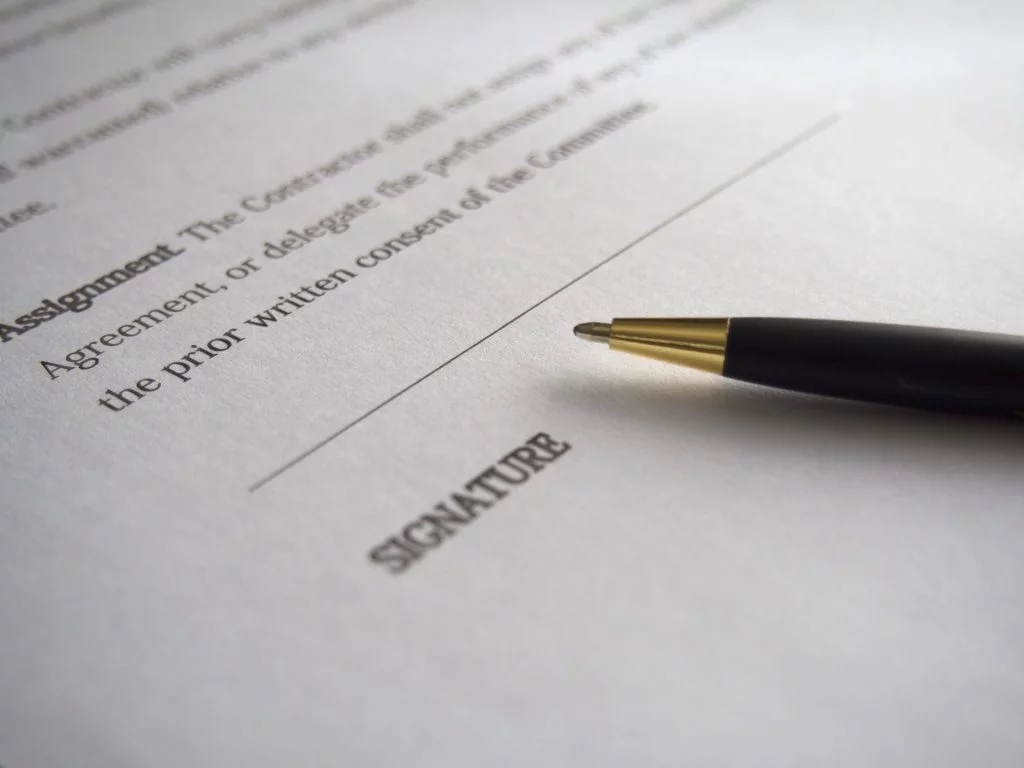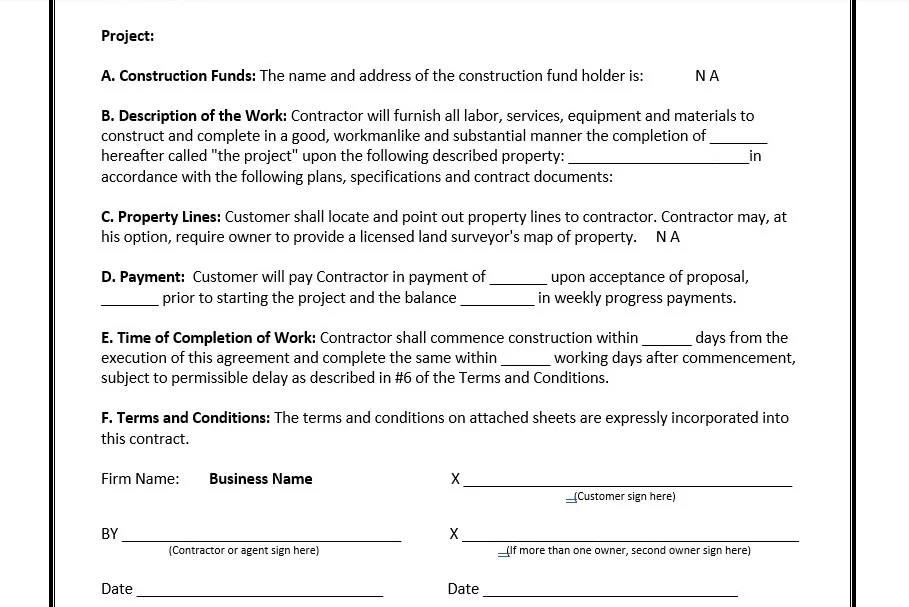Putting A Period at The End of the Construction Proposal
The discussion of “Building a Better Proposal” began with the problems that arise from poor communication. We talked about this being the responsibility of the contractor and some of the reasons this is a problem.

Previously we laid out the “Blueprint for Building a Better Proposal” going over the different parts of the system, explaining the system, gathering of information, writing a scope of work, putting a price to the project and finally how to put all of the pieces together into a proposal ready to present to the customer.
Once you have a signed Proposal, you should conclude with a Contract.
The Contract completes the Proposal process and covers things beyond construction. Things like funding, additional documents, property boundaries, time within which the project will be started, and terms and conditions.
- Construction Funds – This isn’t something that is relevant to every project but will be to some. If it is, the information would be included in this section of the contract.
- Description of the Work – A complete and full Scope of Work could be included here but not needed if the customer has been presented a Proposal. If so then a brief description of the project can be inserted and a reference to the specific Proposal and any other additional documentation, i.e. blueprints, drawings, spec sheets, governing body documents, etc.
- Property Lines – This is another category that isn’t relevant to every project but certainly can be. If working inside of city limits, normally there are set back requirements and easements, this makes it critical to know where the property boundaries are or to have a licensed surveyor make this determination.

- Payment – Like the description of work above, this should be in the Proposal. If no Proposal was given to the customer, then this should be specified here. If a Proposal was given, repeat it again here.
- Time for the Completion of Work – The duration of the work from start to finish is typically expressed in the Proposal. Due to the varying number of Proposals prepared and presented to customers, there’s no way of knowing what order they will be signed and returned. With the Proposal being signed and returned prior to the preparation of the Contract, the start date of the project can be determined and specified here.
- Terms and Conditions – An in-depth explanation of specifications, descriptions, expectations, insurance, warranty, media permissions, etc. These will be specific to your company, type of work, and location.
I would recommend that you have a legal expert or attorney review your Proposal and Contract templates as well as any other agreement document to make sure they are sufficient and protect you and your customer.
We’ve gone through the process of meeting with a customer all the way to getting a signed Contract. Now it’s time to do the “construction” part of the project.
Just because you have a signed Proposal and Contract, don’t think the communication is done.

In most construction projects changes occur. These changes need to be treated like separate sub-projects of the original project with Change Orders. This is a topic of discussion for a different day…one that we’ll have in the future.
If you know anyone in a construction trade or related industry that you think would benefit from Business BUILDing Tools or learning about those tools and how to use them, feel free to share this Weekly Solution with them. For additional articles about other construction business topics go to the Solution Building website.

